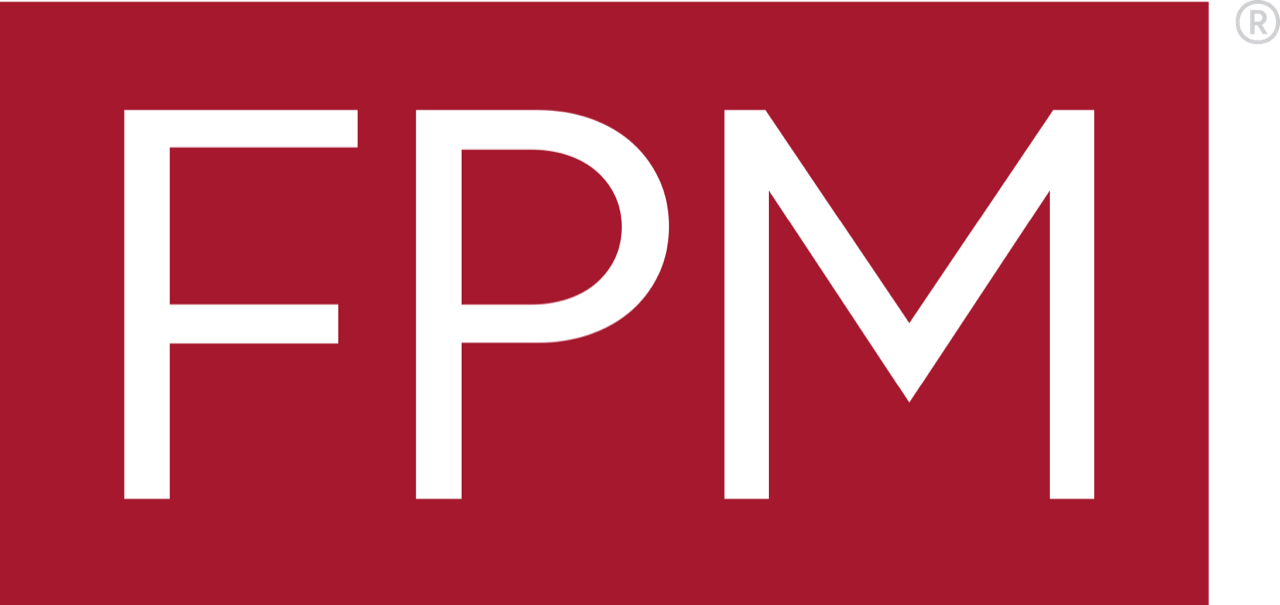
Fam Pract Manag. 2017;24(3):34
Author disclosure: no relevant financial affiliations disclosed. Reviewed by the FPM Coding & Documentation Review Panel: Kenneth Beckman, MD, MBA, CPE; Robert H. Bösl, MD, FAAFP; Marie Felger, CPC, CCS-P; Thomas A. Felger, MD, DABFP, CMCM; Emily Hill, PA-C; Joy Newby, LPN, CPC; and Susan Welsh, CPC, MHA.

